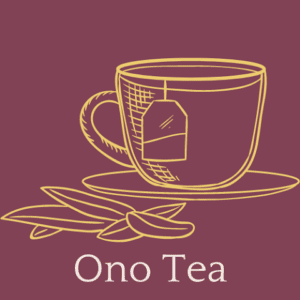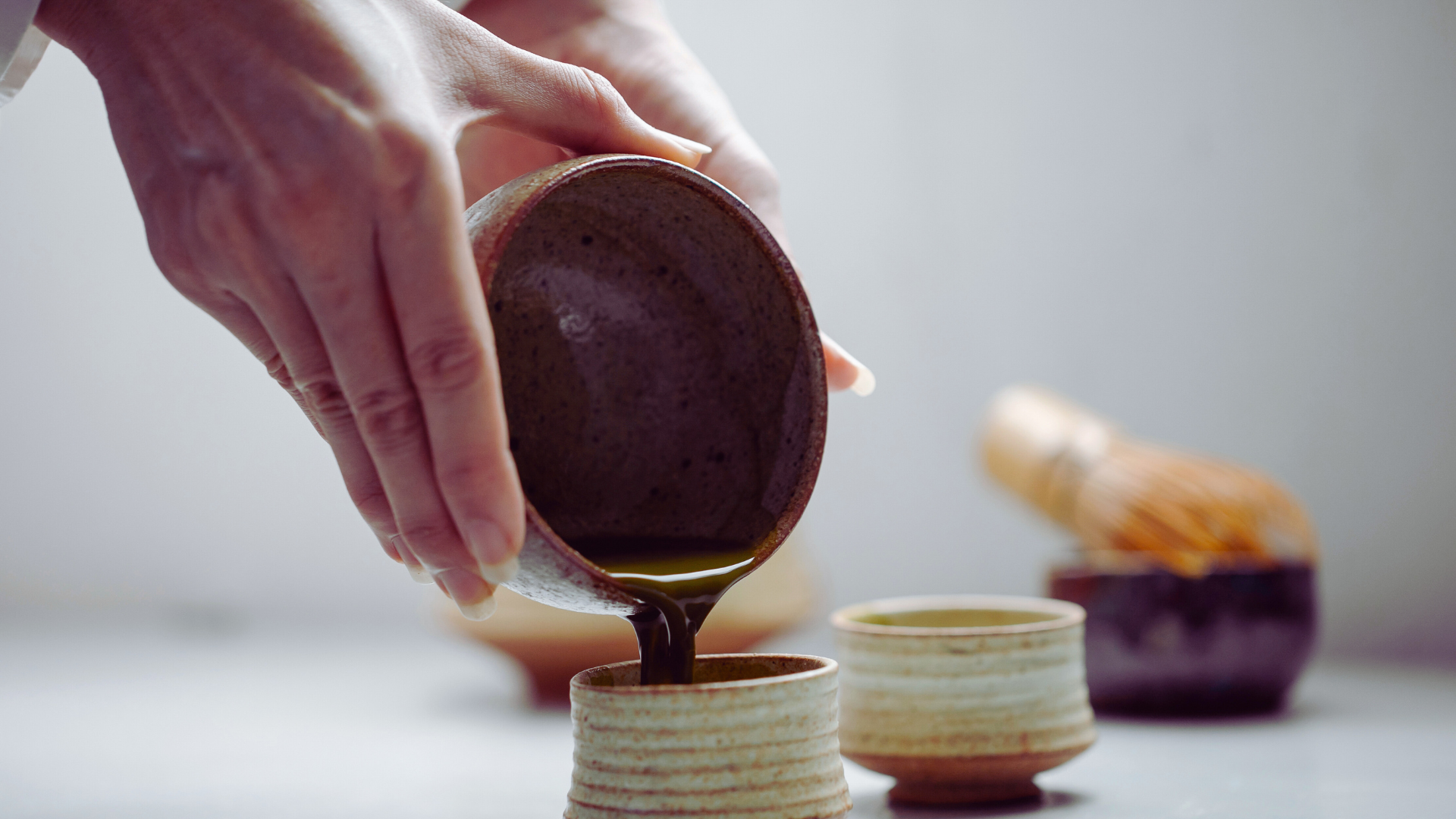When it comes to the world of tea, few beverages have garnered as much attention in recent years as matcha and green tea. Both hailed for their health benefits, vibrant colors, and rich histories, these two drinks often find themselves at the center of a common question: What’s the difference? At first glance, it might seem like matcha and green tea are interchangeable—after all, they both come from the same plant, Camellia sinensis. However, a closer look reveals that these two are distinct in their preparation, flavor, nutritional profile, and cultural significance. In this article, we’ll dive deep into the world of matcha and green tea, exploring their origins, production processes, health benefits, and uses to uncover what truly sets them apart.
Origins and Cultural Roots
Both matcha and green tea trace their lineage back to the Camellia sinensis plant, native to East Asia, particularly China. Green tea, as a broad category, has been consumed for thousands of years, with its earliest documented use dating back to China’s Tang Dynasty (618–907 AD). It was initially prized for its medicinal properties before becoming a staple beverage across Asia and, eventually, the world. Today, green tea comes in many forms—think sencha, dragonwell, or gunpowder—each with its own regional twist and preparation style.
Matcha, on the other hand, is a more specialized form of green tea with a history deeply tied to Japan. While green tea made its way from China to Japan around the 12th century, thanks to Buddhist monks like Eisai, matcha emerged as a distinct product over time. Its development is closely linked to the Japanese tea ceremony, or chanoyu, a ritualized practice that elevates tea preparation to an art form. Unlike the loose-leaf green teas that dominated early consumption, matcha’s unique powdered form and vibrant green hue became symbols of mindfulness and refinement in Japanese culture. Today, matcha is celebrated globally, but its roots remain firmly planted in this centuries-old tradition.
How They’re Made: Production Processes
One of the most significant differences between matcha and green tea lies in how they’re produced. All green teas, including matcha, start with the same raw material: the leaves of the Camellia sinensis plant. However, the journey from plant to cup diverges dramatically.
For most green teas, the process begins with harvesting the leaves, which are then quickly heated—either steamed (common in Japan) or pan-fired (common in China)—to prevent oxidation. This step preserves the leaves’ green color and fresh flavor. After heating, the leaves are rolled, shaped, and dried, resulting in the familiar loose-leaf form you’d find in a bag of sencha or jasmine green tea. The final product is steeped in hot water, and the leaves are discarded after brewing.
Matcha production, by contrast, is far more labor-intensive. About three to four weeks before harvest, the tea plants destined for matcha are shaded using bamboo mats or tarps. This shading process boosts chlorophyll levels (giving matcha its signature bright green color) and increases the production of amino acids like L-theanine, which contribute to its unique flavor. Once harvested, the leaves—known as tencha—are steamed to halt oxidation, then dried and deveined. Finally, the leaves are stone-ground into a fine powder. Unlike traditional green tea, matcha isn’t steeped and discarded; the entire powder is whisked into water, meaning you consume the whole leaf.
This distinction in production doesn’t just affect appearance—it fundamentally changes the experience and nutritional value of the drink.
Flavor and Texture
If you’ve ever sipped a cup of green tea and then tried matcha, you’ve likely noticed a stark difference in taste and mouthfeel. Green tea’s flavor profile varies depending on the type—sencha might be grassy and astringent, while dragonwell could lean nutty and smooth—but it’s generally light and refreshing. The brewing process extracts only a portion of the leaf’s compounds, leaving behind a subtle, often delicate taste that’s perfect for casual sipping.
Matcha, however, is a different beast. Because you’re consuming the entire ground leaf, its flavor is more intense and complex. High-quality ceremonial-grade matcha offers a balance of umami, sweetness, and a slight bitterness, with a creamy, almost velvety texture when properly whisked. Lower-grade matcha, often used in cooking or lattes, might taste more earthy or bitter. The preparation method also plays a role: traditional matcha is whisked with a bamboo chasen into a frothy consistency, while green tea simply infuses into water. This difference in texture—smooth and full-bodied for matcha versus thin and watery for green tea—sets them apart even further.
Nutritional Powerhouses: A Closer Look
Both matcha and green tea are celebrated for their health benefits, thanks to their high concentrations of antioxidants, particularly catechins like epigallocatechin gallate (EGCG). These compounds are linked to everything from improved heart health to cancer prevention. However, the way these teas are consumed means their nutritional impact isn’t quite the same.
Green tea delivers a solid dose of antioxidants, but because you’re only drinking the infused water, you’re getting a fraction of the leaf’s total nutrients. A typical cup of green tea might contain 20–45 milligrams of caffeine and varying levels of EGCG, depending on steeping time and tea quality. It’s a gentle, low-calorie option that’s easy to incorporate into your day.
Matcha, on the other hand, is a nutritional powerhouse. Since you ingest the whole leaf, you’re getting a much higher concentration of antioxidants—some studies suggest up to 10 times more than a cup of steeped green tea. A single serving of matcha (about 1 gram of powder) can contain 35–70 milligrams of caffeine, along with a hefty dose of L-theanine, which promotes calm alertness without the jitters often associated with coffee. This combination has made matcha a favorite among those seeking sustained energy and focus. Plus, matcha contains higher levels of vitamins (like A and C) and minerals, thanks to its whole-leaf consumption.
That said, matcha’s potency comes with a caveat: it’s easy to overdo it. Too much matcha can lead to caffeine overload or an upset stomach, whereas green tea’s milder profile makes it harder to overconsume. Moderation is key with both, but matcha’s intensity demands a bit more mindfulness.
Preparation and Versatility
How you prepare matcha versus green tea also highlights their differences. Brewing green tea is straightforward: heat water to around 175°F (80°C), steep the leaves for 1–3 minutes, and enjoy. It’s a low-fuss process that fits seamlessly into busy mornings or quiet afternoons. Green tea can also be enjoyed iced, blended with fruits, or even used as a base for smoothies.
Matcha preparation is more involved. Traditionally, you sift 1–2 teaspoons of matcha powder into a bowl, add hot water (not boiling—around 175°F), and whisk vigorously with a bamboo whisk until frothy. This ritualistic approach is part of matcha’s charm, but it can feel intimidating for beginners. Modern adaptations, like matcha lattes or smoothies, simplify things by blending the powder with milk or other ingredients, often with a sweetener to balance its bold flavor.
Versatility is where matcha shines. Beyond drinks, its powdered form makes it a star in the kitchen—think matcha cakes, cookies, ice cream, or even savory dishes like soups. Green tea, while occasionally used in cooking (like tea-infused rice), doesn’t have the same adaptability due to its loose-leaf nature.
Cost and Accessibility
Another practical difference is price. Green tea is widely available and affordable, with options ranging from budget-friendly tea bags to premium loose-leaf varieties. A decent bag of green tea might cost a few dollars, making it an everyday staple for many.
Matcha, however, is a pricier investment. The shading, hand-picking, and stone-grinding processes drive up production costs, especially for ceremonial-grade matcha, which can range from $20 to $50 per ounce. Culinary-grade matcha is cheaper but lacks the nuanced flavor of its higher-quality counterpart. This cost difference reflects matcha’s artisanal nature, but it can be a barrier for casual tea drinkers.
Which One’s for You?
So, matcha or green tea—which should you choose? It depends on your goals and preferences. If you’re after a light, refreshing drink that’s easy to make and budget-friendly, green tea is hard to beat. Its variety of flavors and low-key preparation make it a versatile companion for any time of day.
If you’re seeking a bold, nutrient-packed experience with a touch of ceremony—or if you love experimenting in the kitchen—matcha might be your match. Its intense flavor and energy-boosting properties appeal to those who want more than just a drink; they want an event.
Ultimately, there’s no need to pick a side. Both matcha and green tea offer unique pleasures and benefits, rooted in the same plant but branching out in wildly different directions. Whether you’re sipping a delicate cup of sencha or whisking up a frothy bowl of matcha, you’re tapping into a tradition that’s as rich as the teas themselves.
Sources
- Chacko, S. M., Thambi, P. T., Kuttan, R., & Nishigaki, I. (2010). Beneficial effects of green tea: A literature review. Chinese Medicine, 5, 13. https://doi.org/10.1186/1749-8546-5-13
- Weiss, D. J., & Anderton, C. R. (2015). Determination of catechins in matcha green tea by micellar electrokinetic chromatography. Journal of Chromatography A, 1410, 176–182. https://doi.org/10.1016/j.chroma.2015.07.085
- Kochman, J., Jakubczyk, K., Antoniewicz, J., Mruk, H., & Janda, K. (2021). Health benefits and chemical composition of matcha green tea: A review. Molecules, 26(1), 85. https://doi.org/10.3390/molecules26010085

